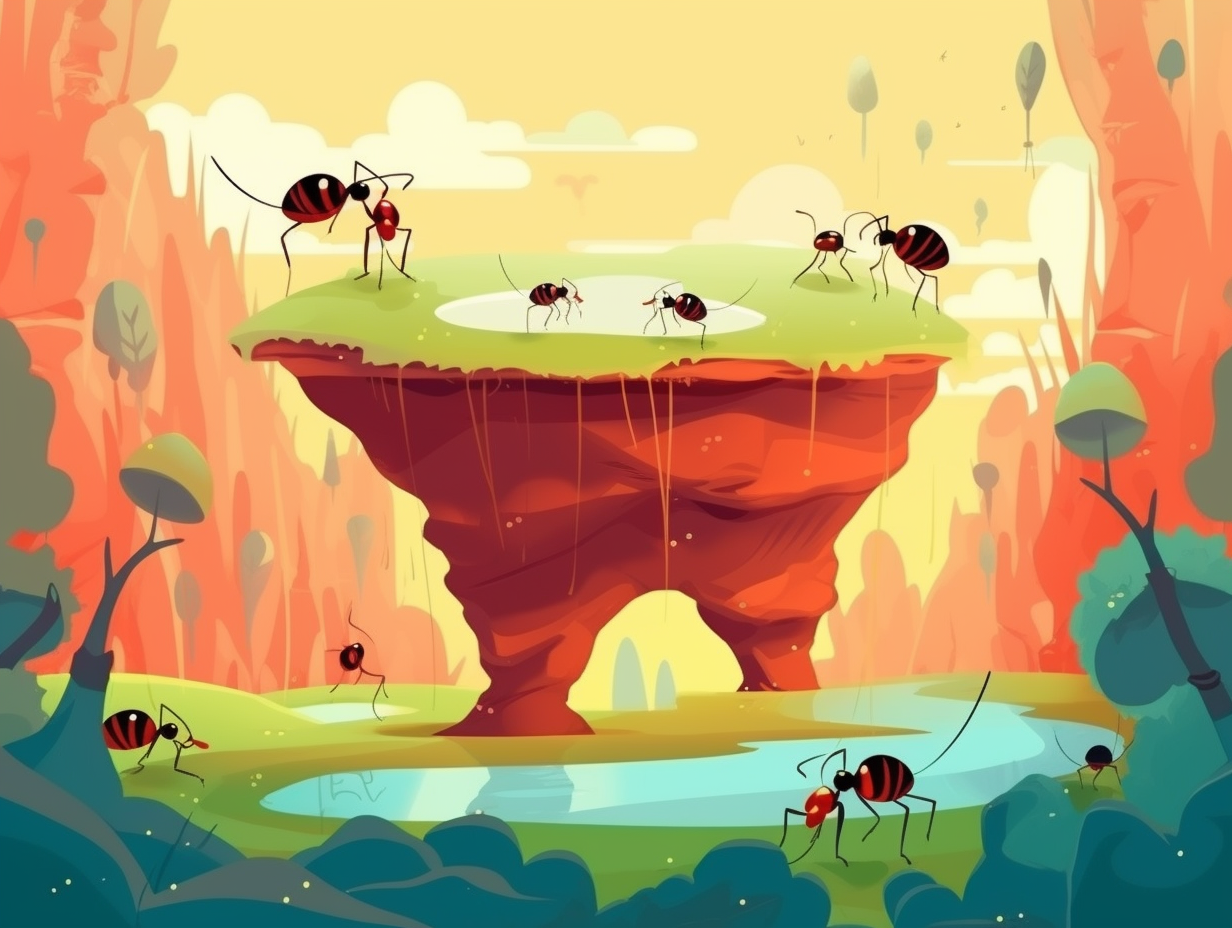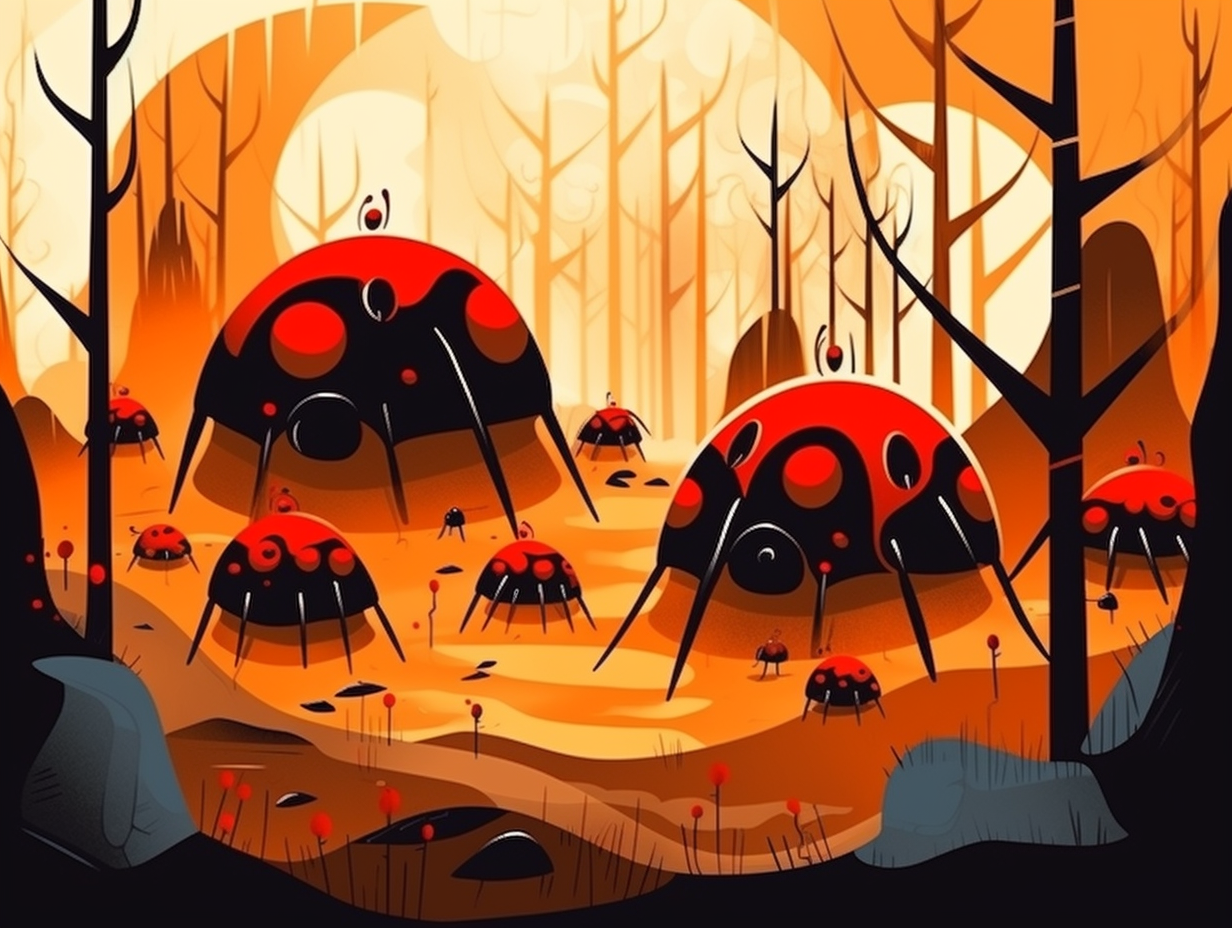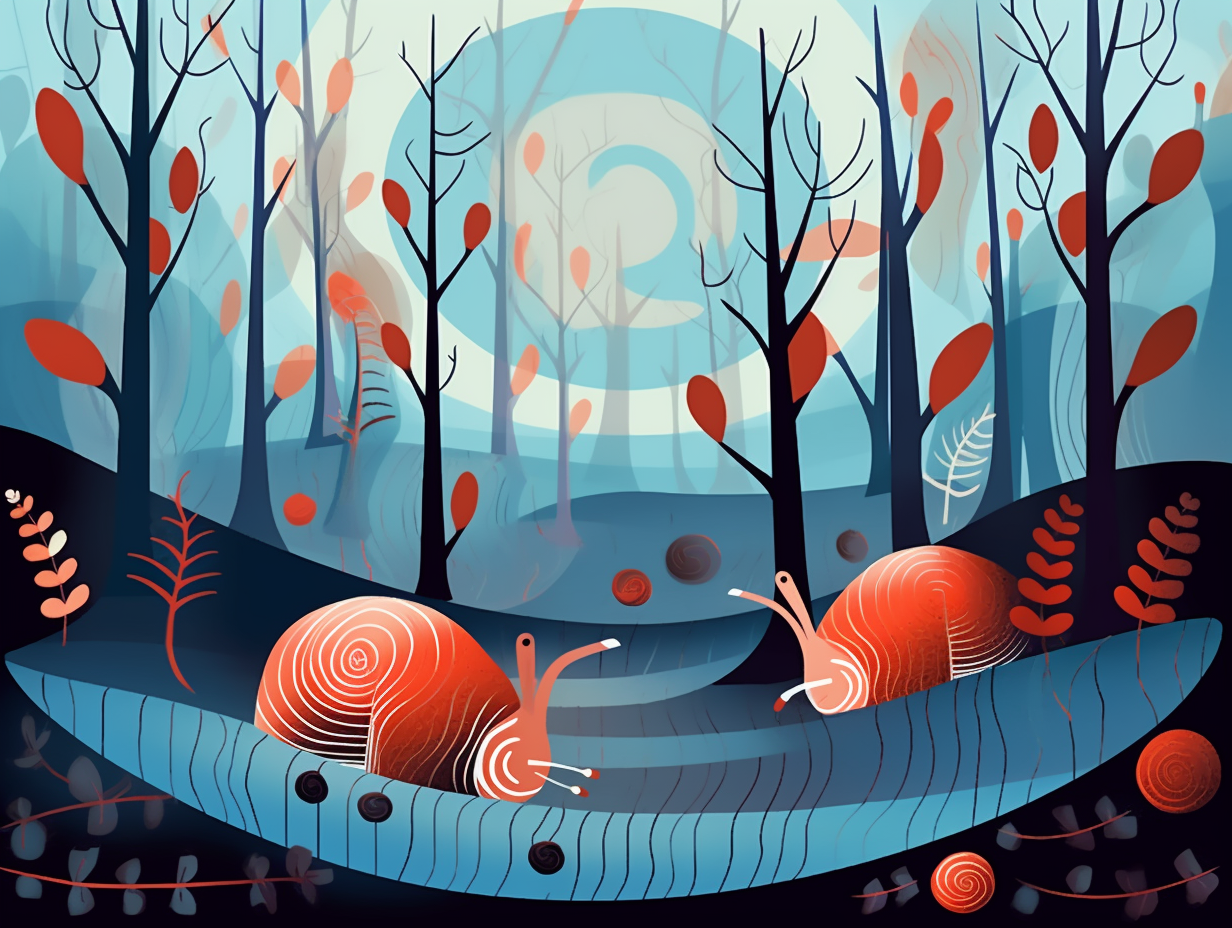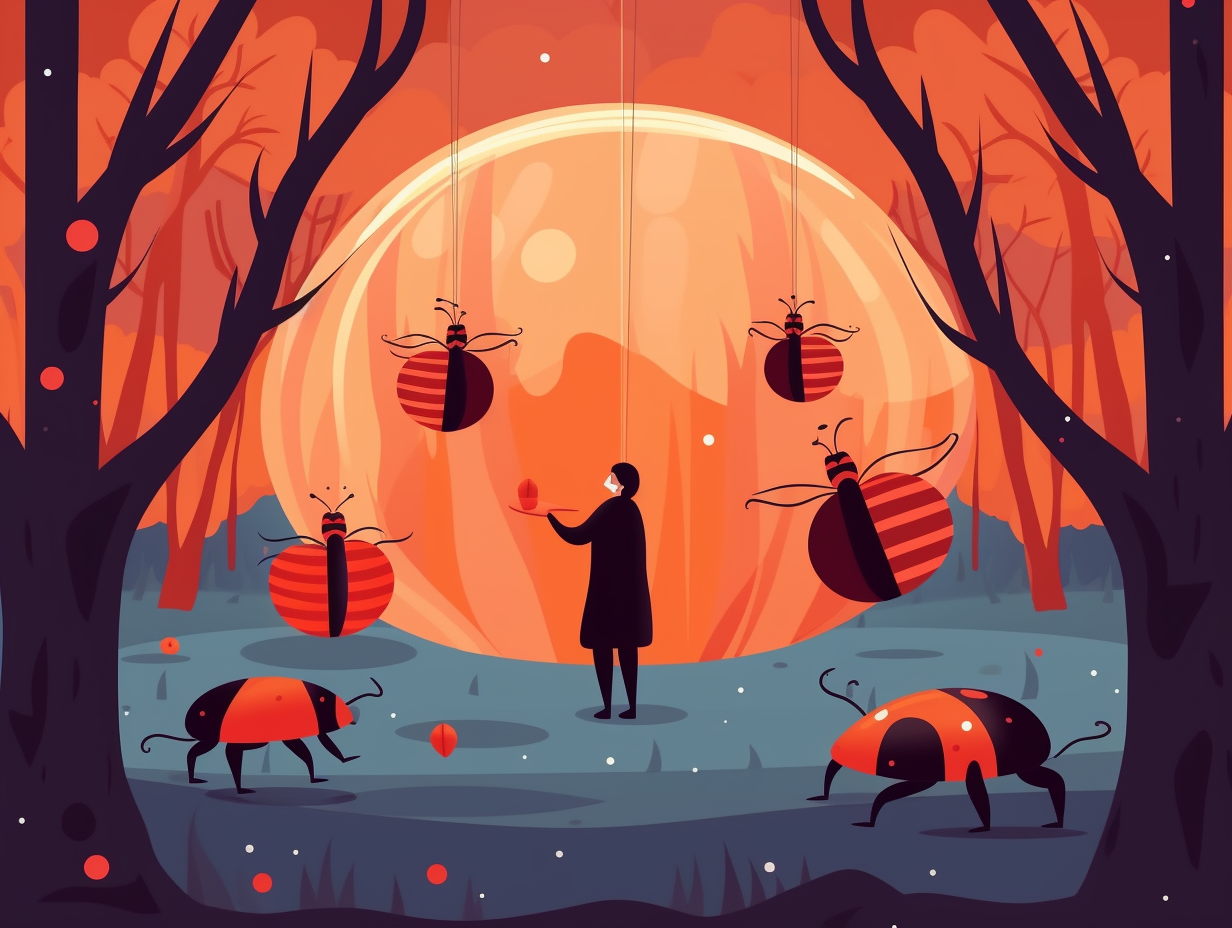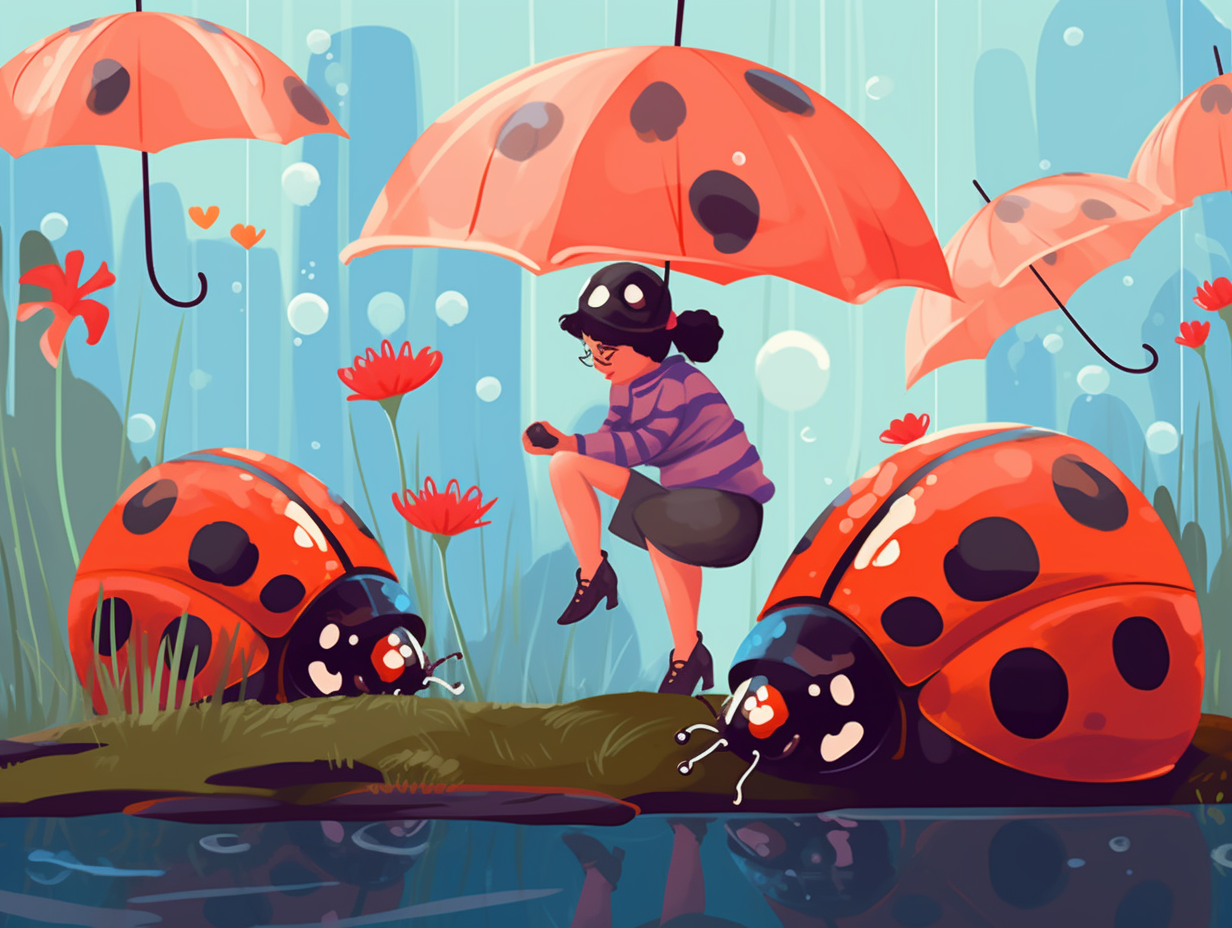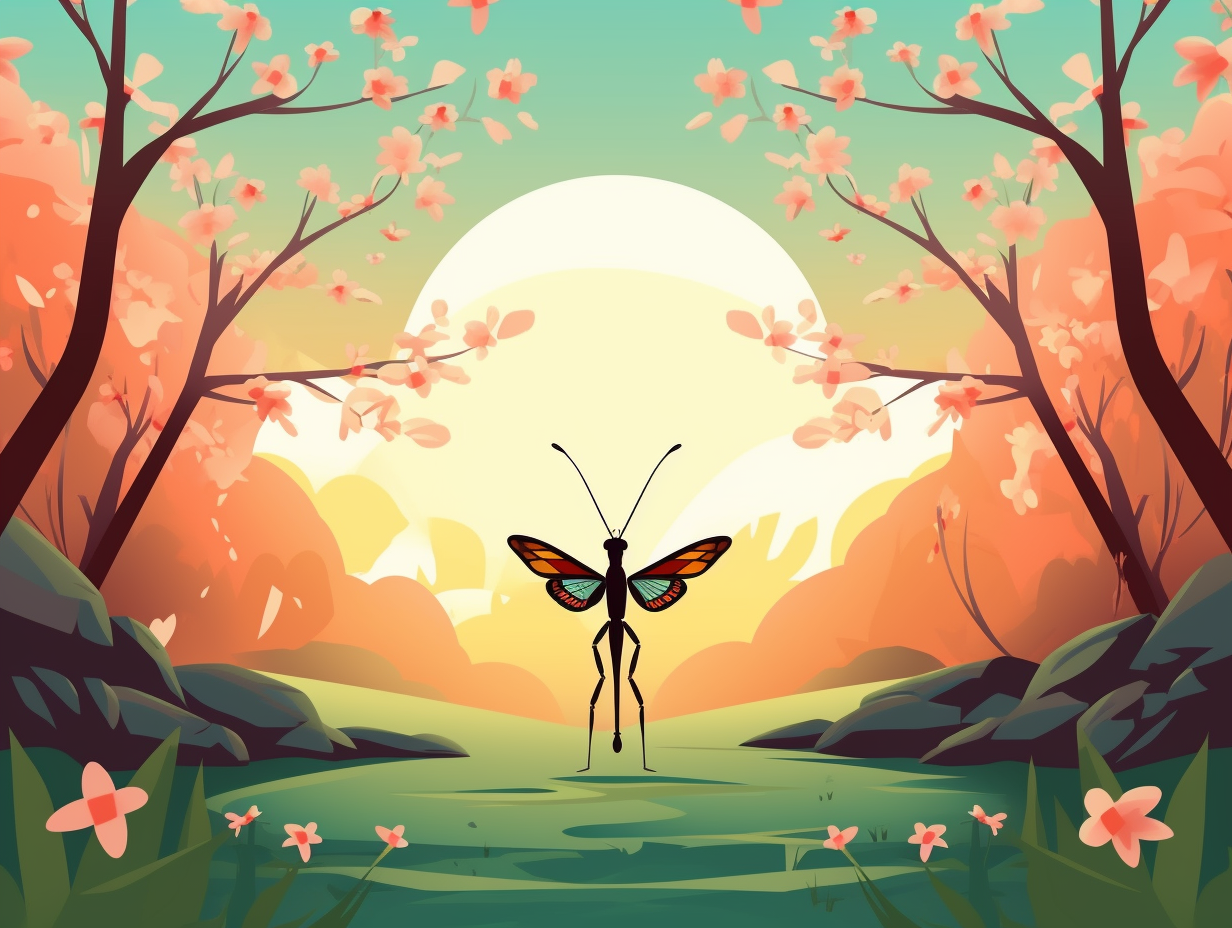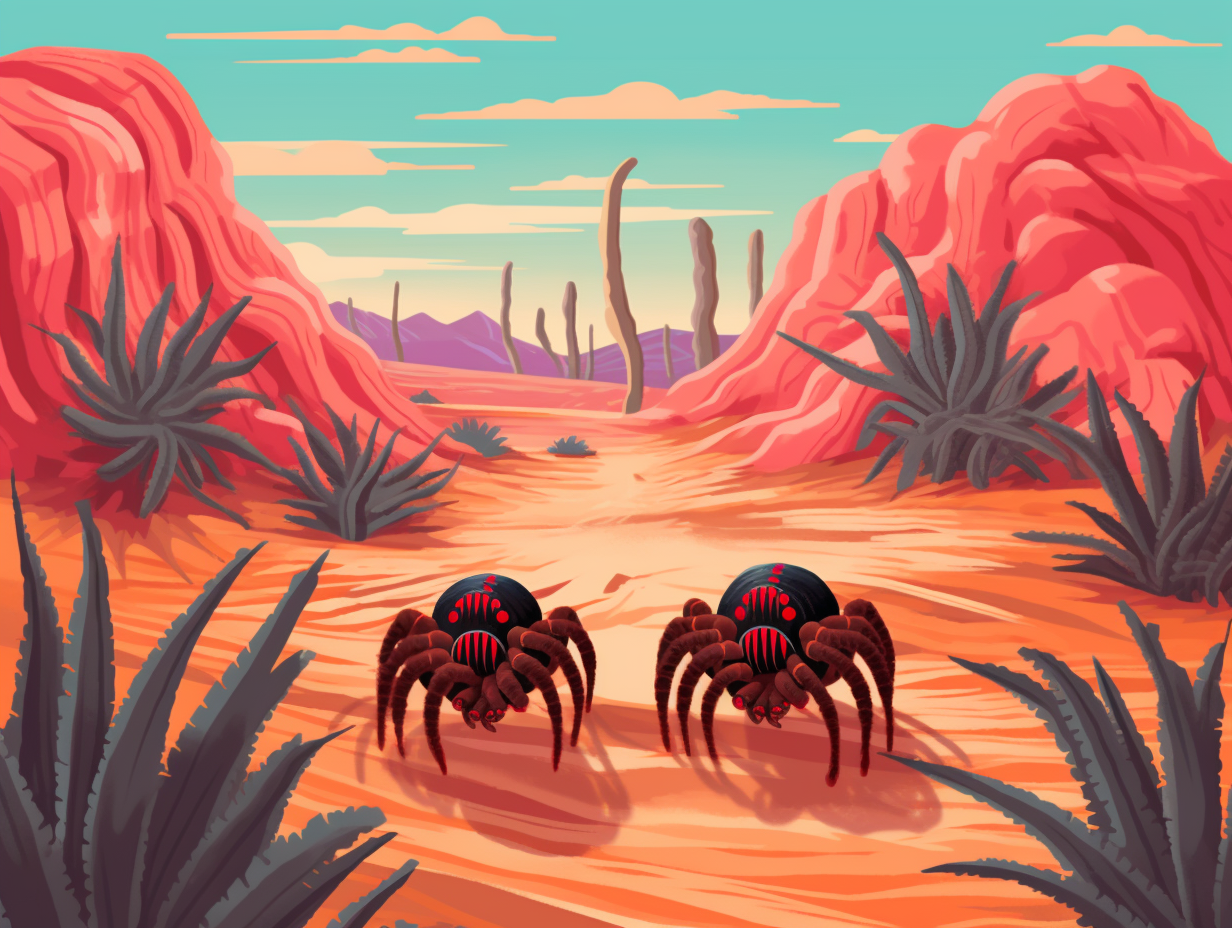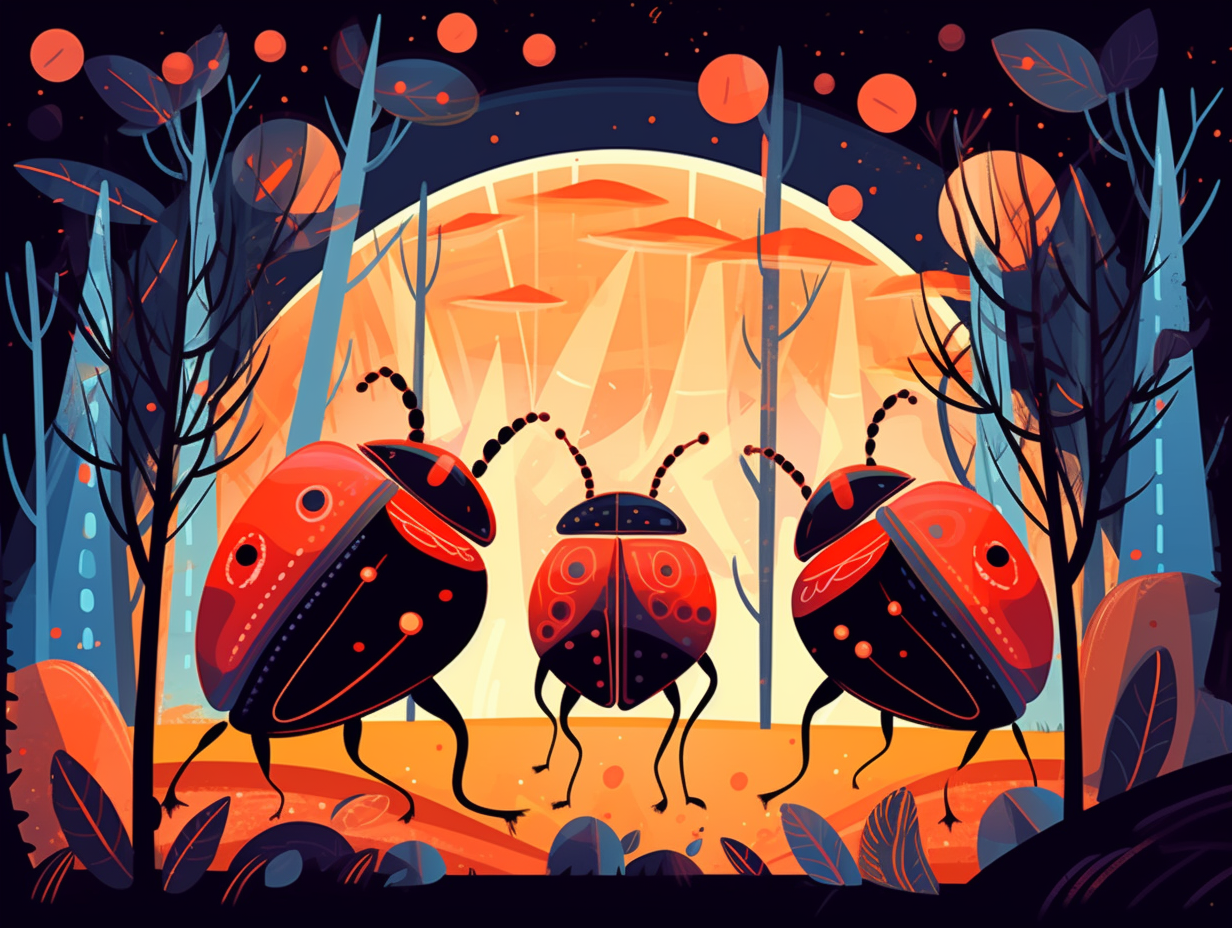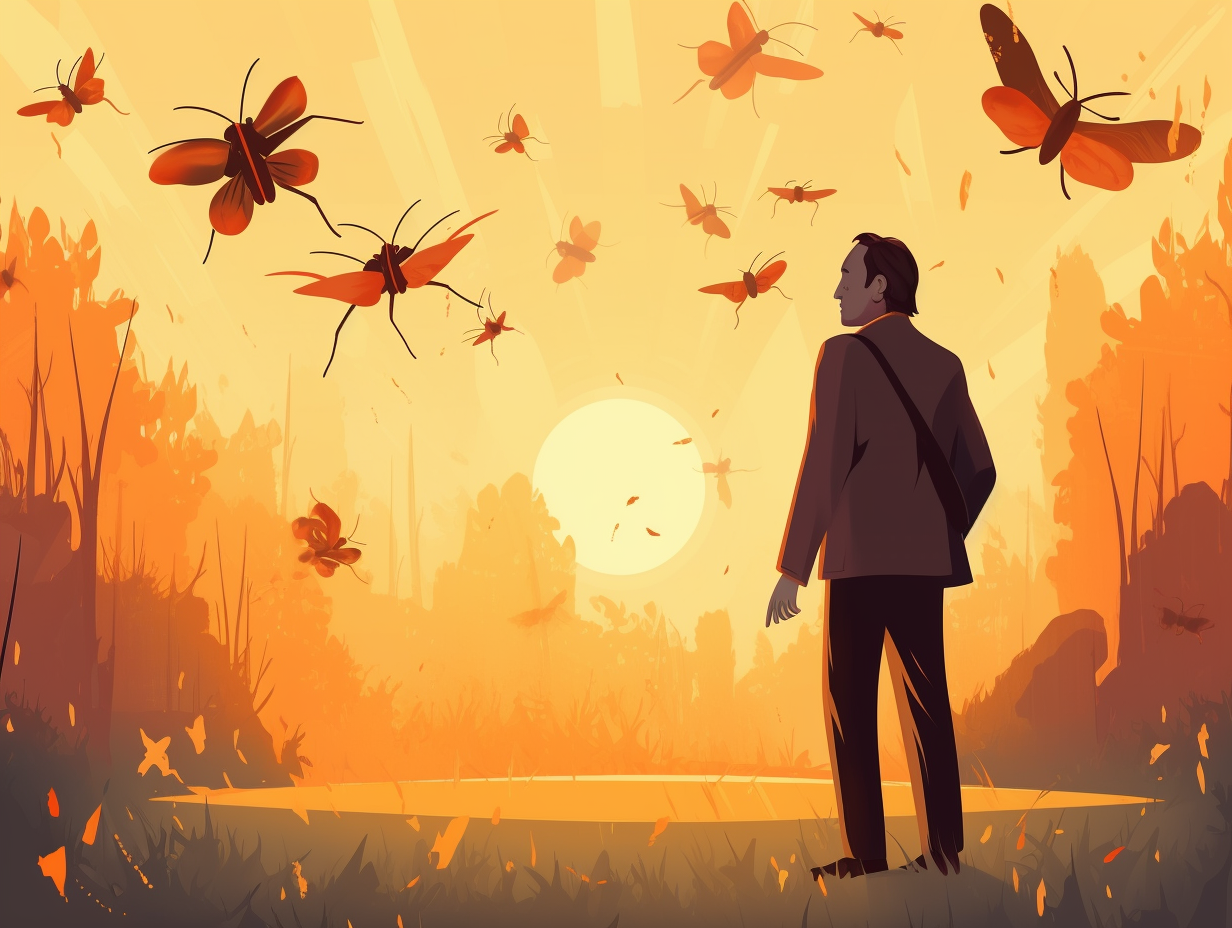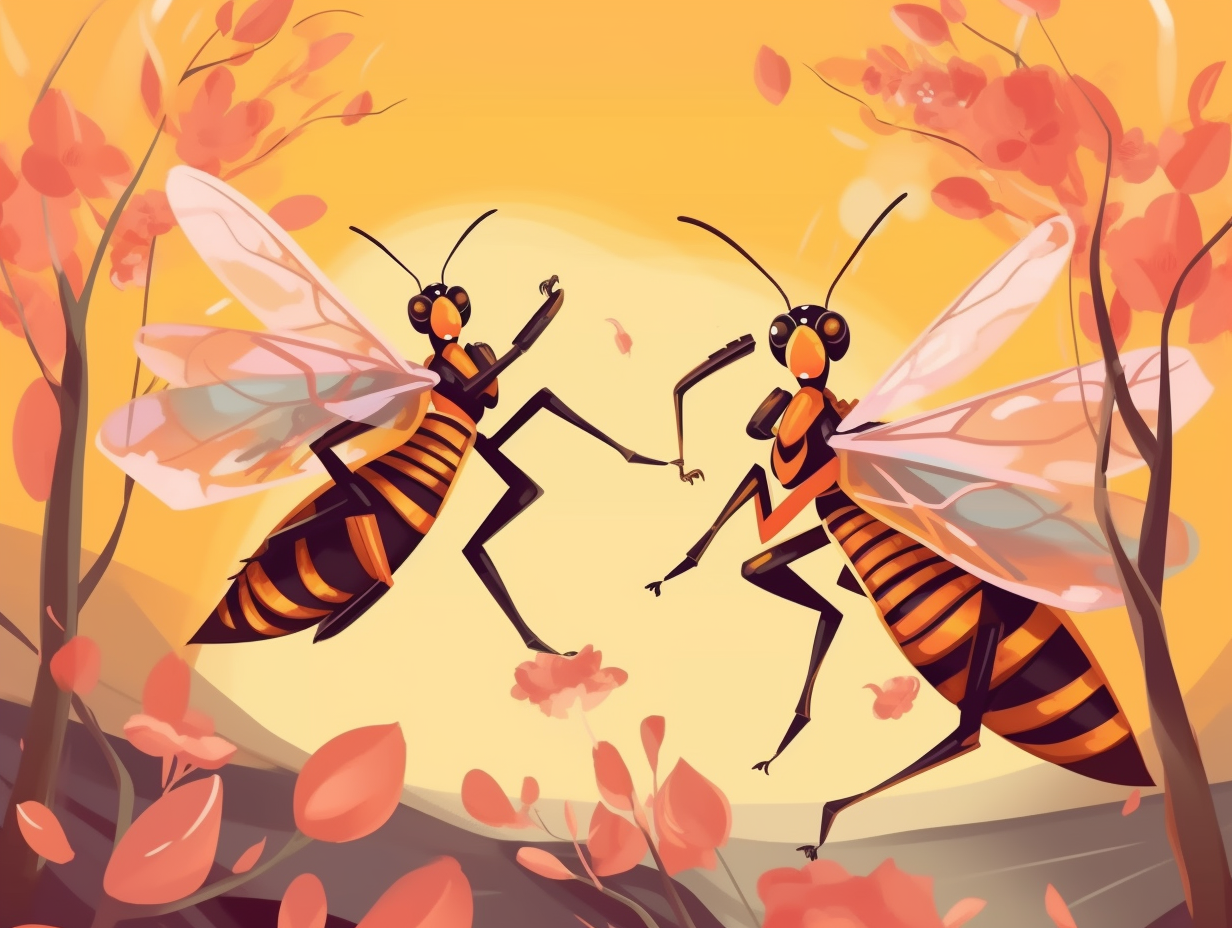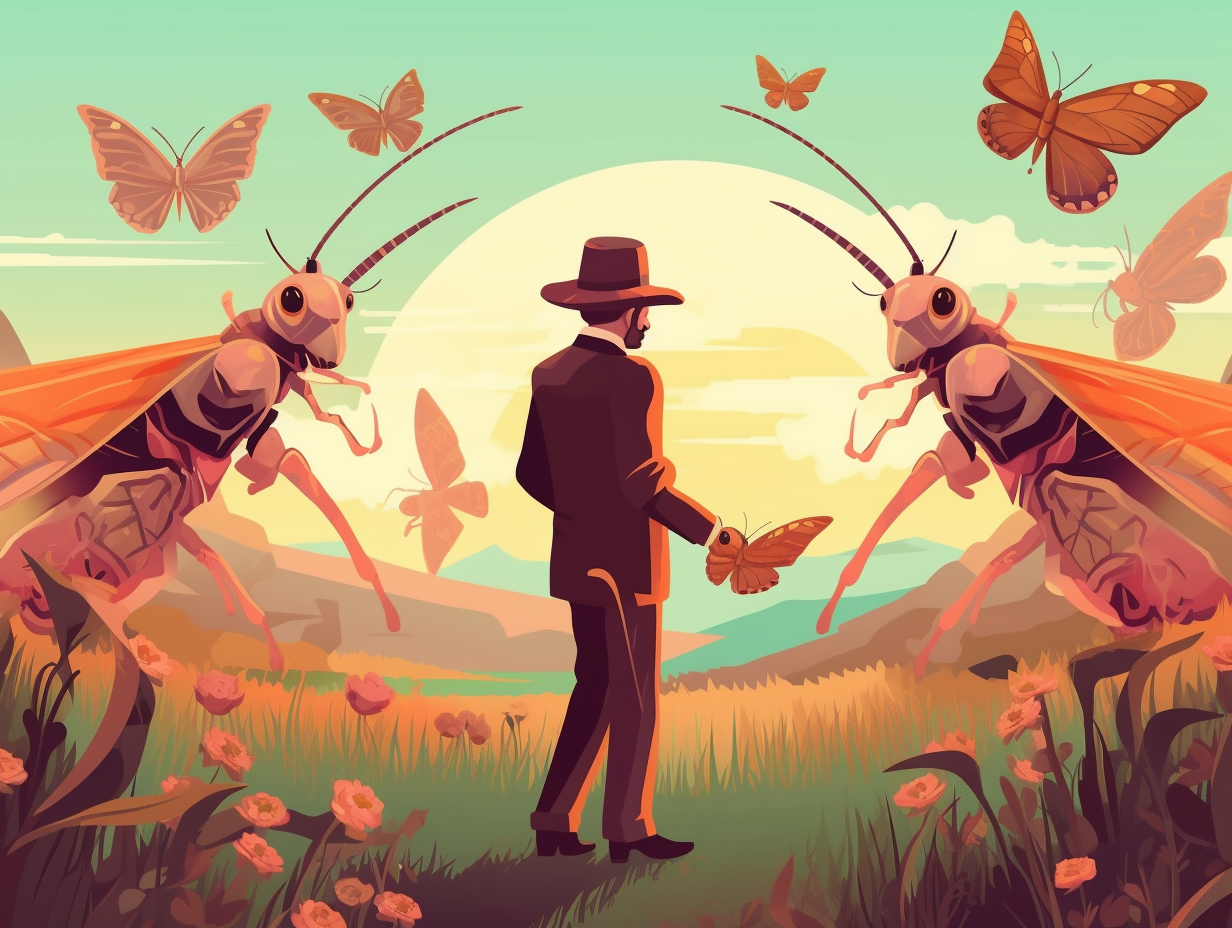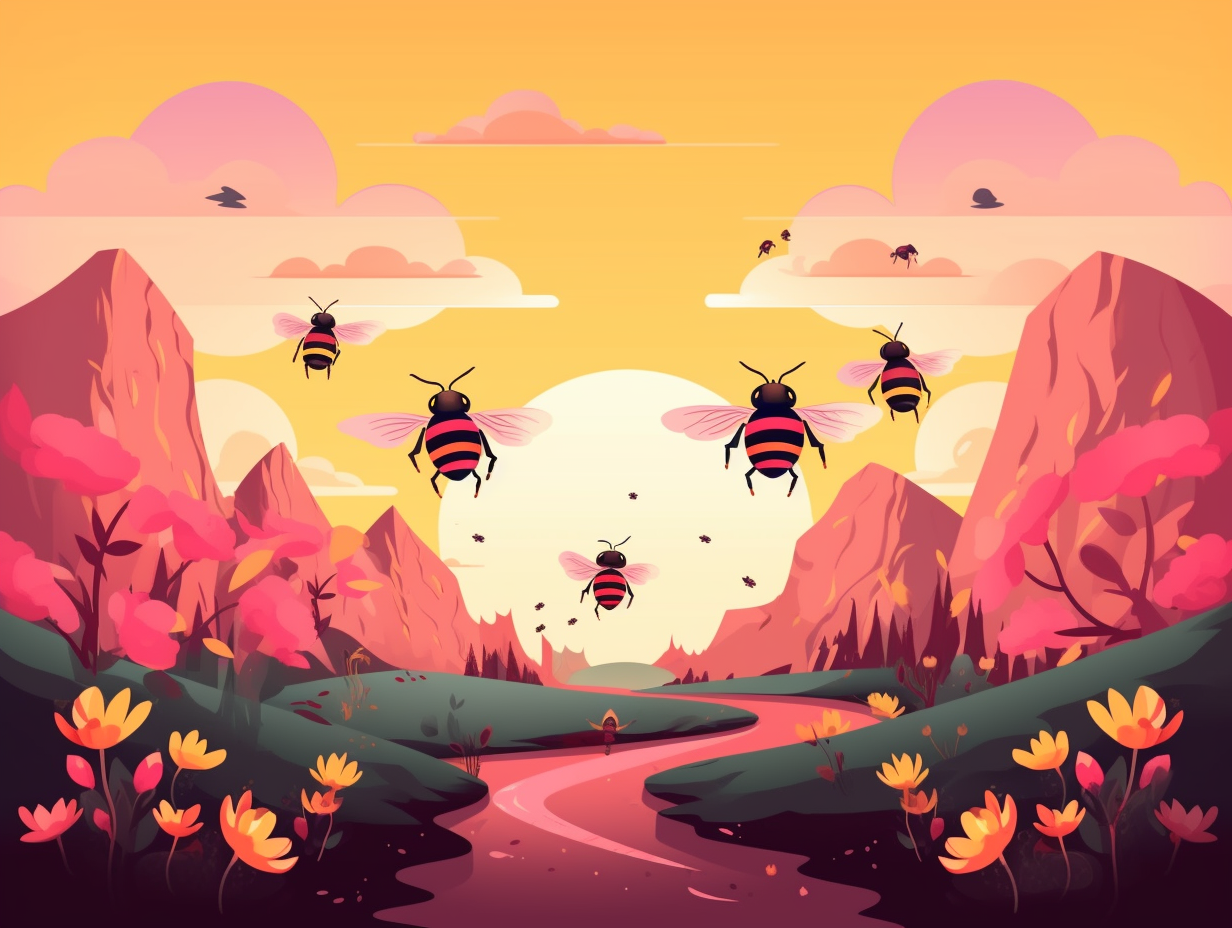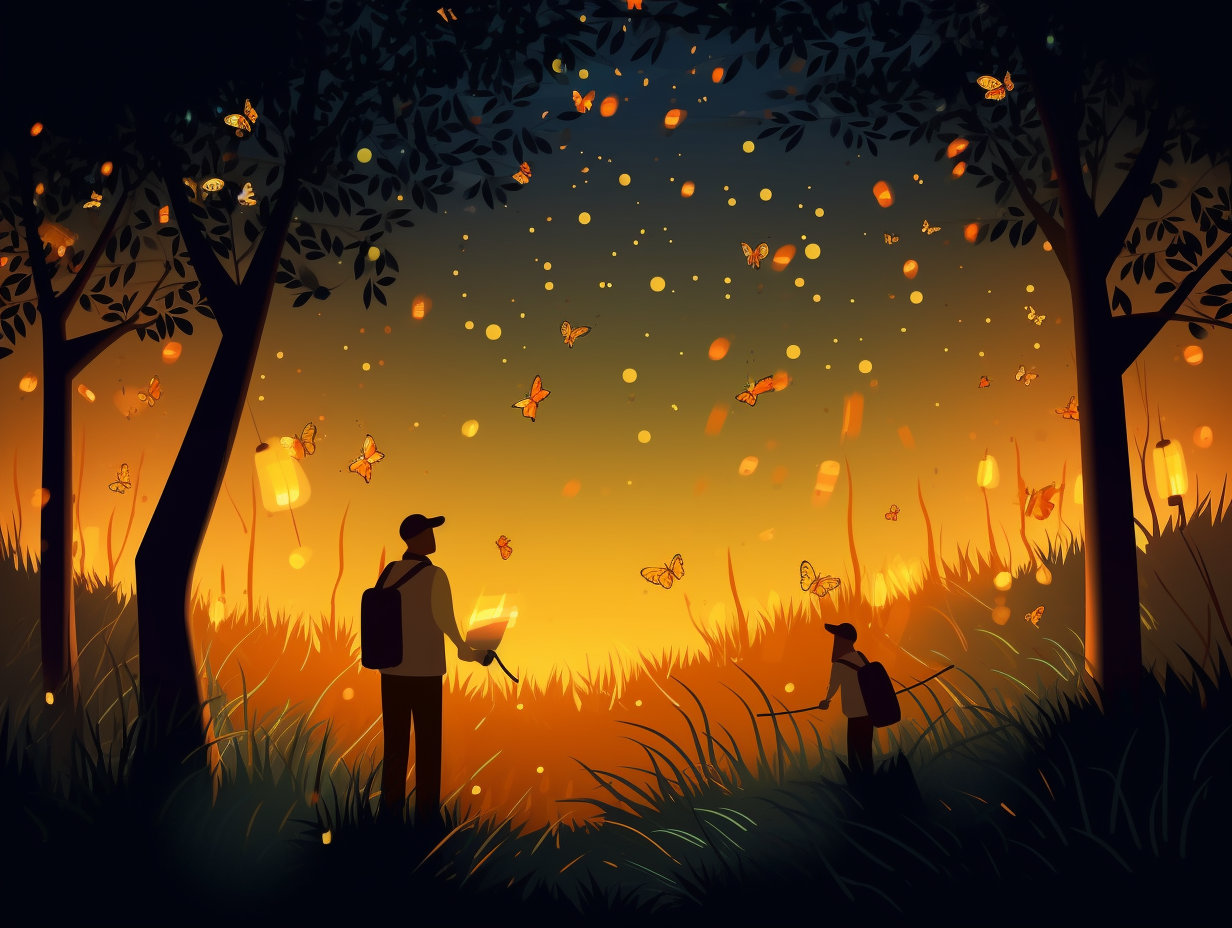Discover the Underground World: Top 11 Fun and Fascinating Facts About Worms

1. No Lungs and Five Hearts
Who needs lungs and eyes when you can slither through life in style? Earthworms would certainly agree, being masters of underground living and sustainable farming consultants: these amazing creatures not only breathe through their skin and have light and touch receptors in lieu of eyes, but they also possess five "hearts" for efficient blood pumping, all while turning dead and decaying organic matter into nutrient-rich soil.
Source => nwf.org
2. Heavyweight Decomposers
Worms may not be great accountants, but they sure know how to process tons: An earthworm can break down and decompose up to 10 tons of organic matter per acre every year, releasing essential nutrients into the soil and promoting healthy plant growth.
Source => kids.nationalgeographic.com
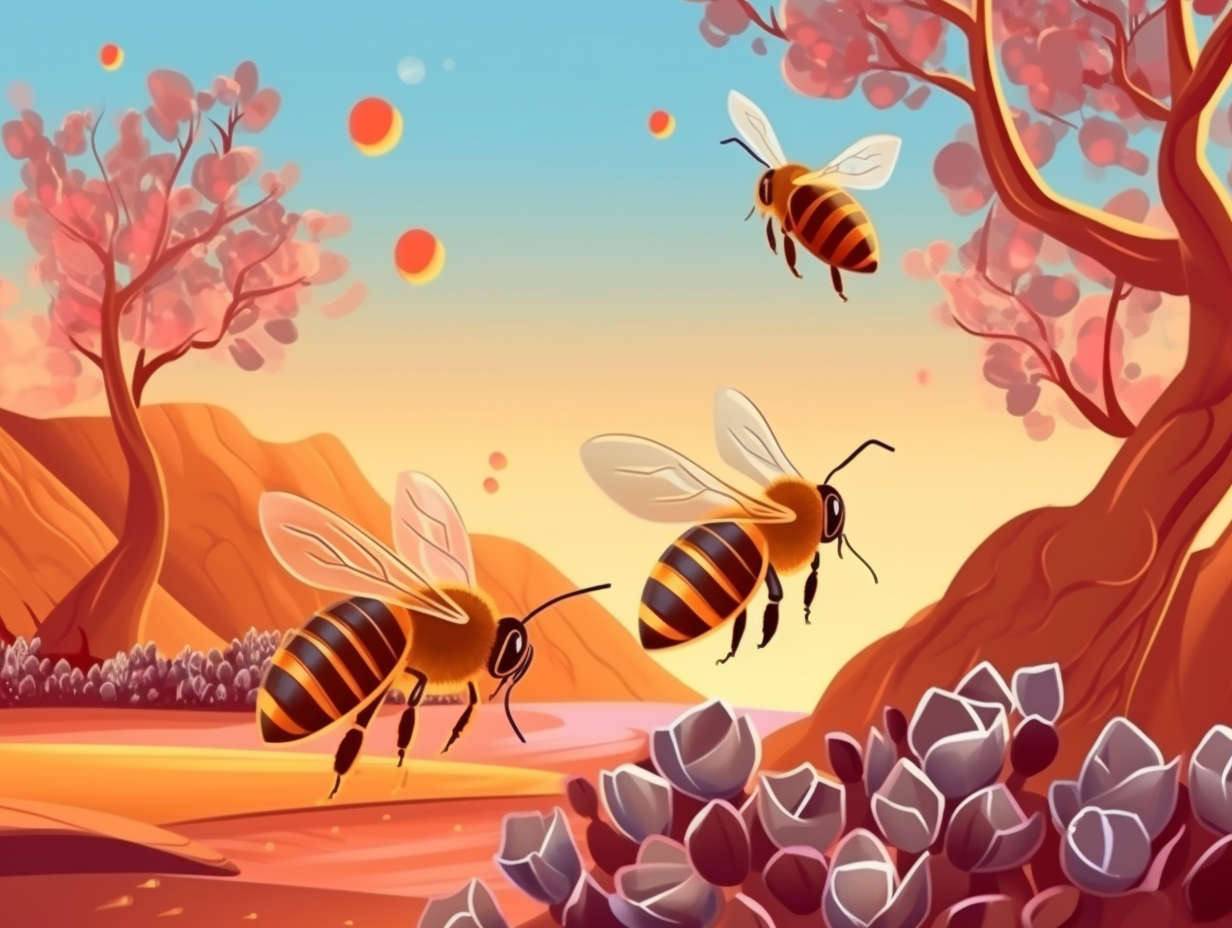
Did you know honeybees have an incredible spatial memory, allowing them to recognize and visit specific flowers up to five days later? Discover their amazing flower power skills!
=> Fun Facts about Bees
3. Rainstorms and Breathing
Worms have truly mastered the art of synchronized swimming, without even needing a nose clip: They breathe through their skin, surfacing during rainstorms not to avoid drowning but to find a more oxygen-rich environment as waterlogged soil stifles their underground aerobic abilities. So next time it rains, grab your fork and indulge in guilt-free worm-eating – they're not suicidal, just air-seeking!
Source => news.wisc.edu
4. Divine Origins and Soil Superheroes
In a tale older than time, or at least older than Disney's rendition, the Shinto gods took a break from their celestial duties for a pottery class and tossed the worm mold aside like yesterday's thrift store denim: Enter the earthworm, nature's own ancient and unassuming superhero! Born from divine clay scraps, worms have been aerating our soils and delighting farmers for hundreds of millions of years. Indeed, Charles Darwin himself doffed his cap to their tireless toil, estimating that a fertile acre of farmland could house a whopping 1.75 million of these wiggly underground dwellers.
Source => countrylife.co.uk

5. Red Wiggler Royalty
Get ready to wiggle your way into the weird worm world of vermicomposting: Among the 9,000 earthworm species that Mother Nature provides, only a magnificent seven are suitable for your compost bin, and red wigglers are the cream of the crop! Don't go fishing for bait shop worms or garden squatters—they might not only struggle to break down rotting gold, but could also pose threat to our wiggly ecosystem.
Source => usda.gov
6. Earthworms' Hearty Hardware
Hearts on the menu, earthworm style: these seemingly unassuming soil-dwellers not only practice the ancient art of dirt aerobics, but they possess a heart-pumping gaggle of five-aortic-arches that would make even the most consummate multitasker envious. In short, worms boast not one, but five heart-like structures that are absolutely vital for pumping oxygen-rich blood throughout their wriggly bodies!
Source => a-z-animals.com
7. Master Regenerators
If it's broke, they can fix it: planarian worms possess the amazing talent of regenerating missing body parts with astounding precision, thanks to their position control genes that direct cells to re-grow specific parts in the exact locations where they're needed, making them master healers within the animal kingdom.
Source => wi.mit.edu
8. Winter Wiggles and Estivation
When Old Man Winter sends his icy love letter to earthworms, they don't just curl up and call it quits: Many enter a slimy slumber, known as estivation, to conserve moisture and energy, while others lay eggs in cocoons, safe in the soil until spring comes a-knockin'. Sadly, some worms choose to remain under leaf litter, finding themselves on the wrong end of a frozen fate.
Source => journeynorth.org
9. Red Wigglers' Voracious Appetite
Roll out the red carpet for the VIPs (Very Important Processors) in the world of composting: the extravagant, voracious Red Wigglers! These squirmy celebrities love to turn kitchen leftovers into black gold, keeping the environment red-carpet-ready: As composting worms, Red Wigglers can transform organic waste into nutrient-rich soil through vermicomposting, but without regular munching, these stars may lose their sparkle – they can't survive more than two weeks without a meal. So, don't forget to cater to their appetite for decomposing delicacies!
Source => thrivingyard.com

10. Nature's Nutrient Comedians
Worms may be nature's "number one" comedians, making audiences wiggle with laughter as they turn the stage - or soil - into a nutrient-rich comic club: Earthworms' digestive process creates castings (a.k.a. worm poop) loaded with valuable nutrients, which act as fertilizer for the soil, while their tunnels simultaneously aerate the ground and create channels for water and roots, significantly enhancing plant growth and soil quality.
Source => huntington.org
11. Glow-in-the-Dark Spider-Worm
Picture this: a tiny, glow-in-the-dark, cave-dwelling Spider-Man, spinning sticky silk threads to catch their meals rather than saving New York City: Meet the New Zealand glowworm Arachnocampa luminosa, whose blue-green bioluminescent larvae can trap prey like a bug-catching superhero with an added touch of disco.
Source => en.wikipedia.org
Related Fun Facts


